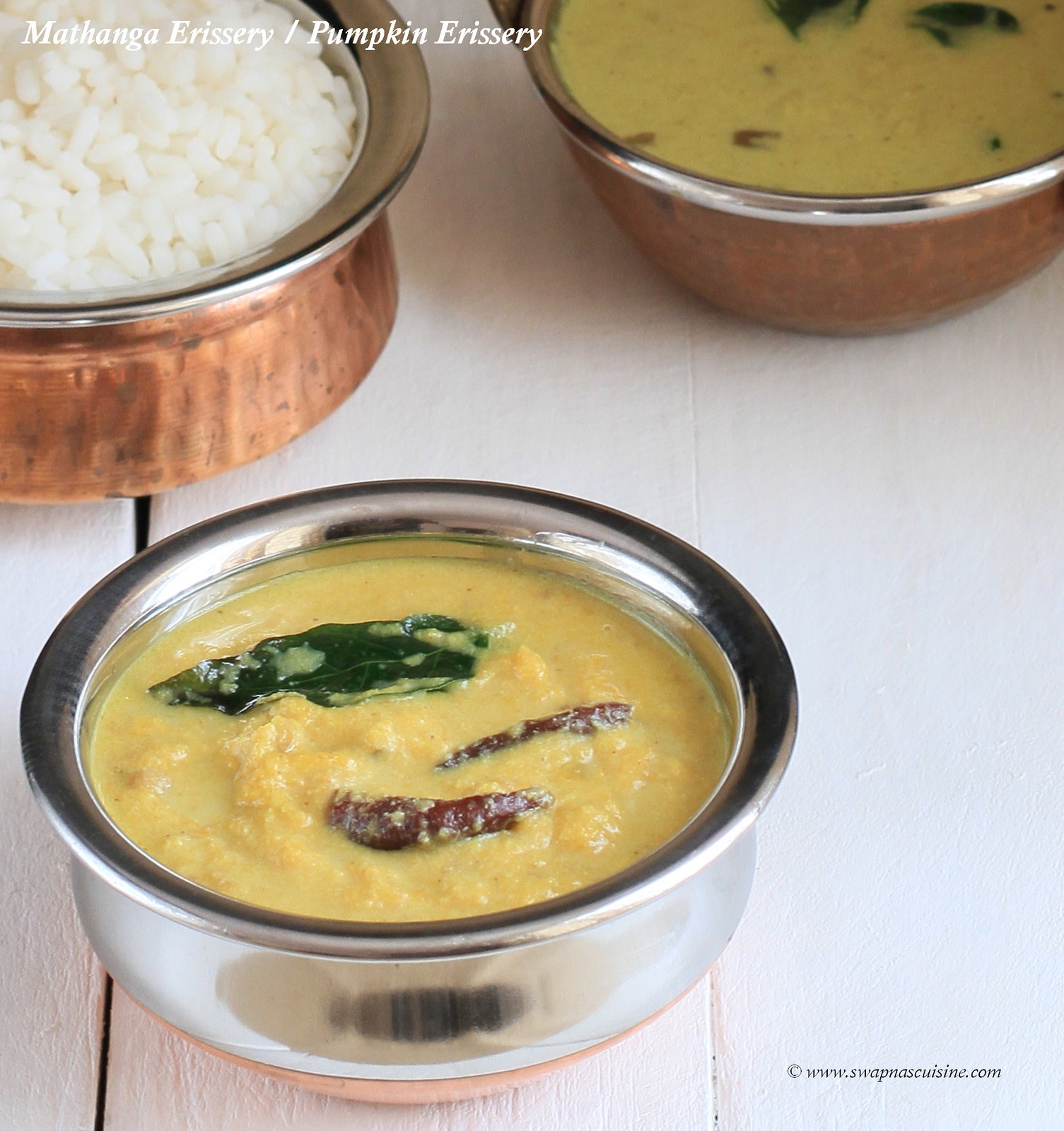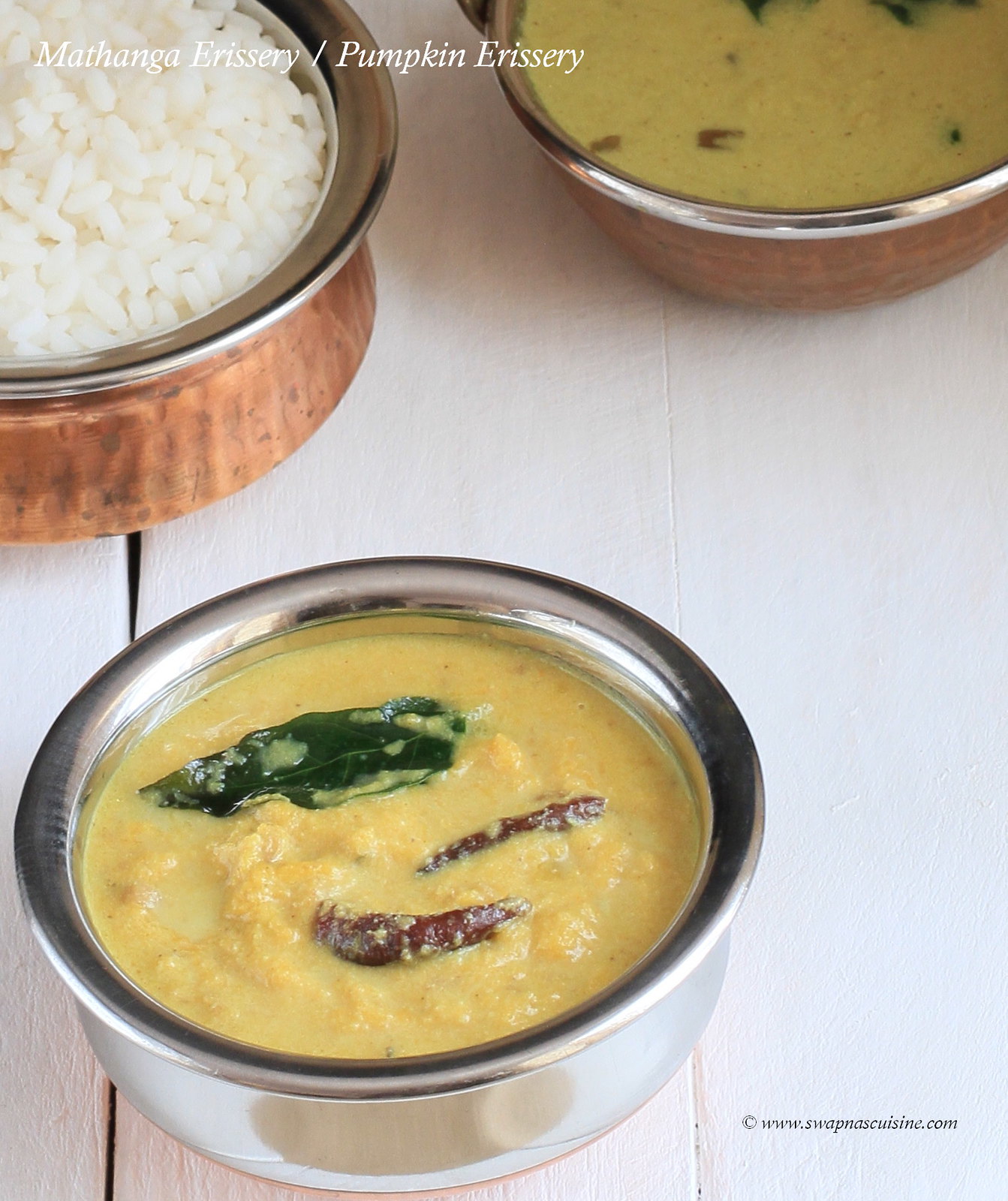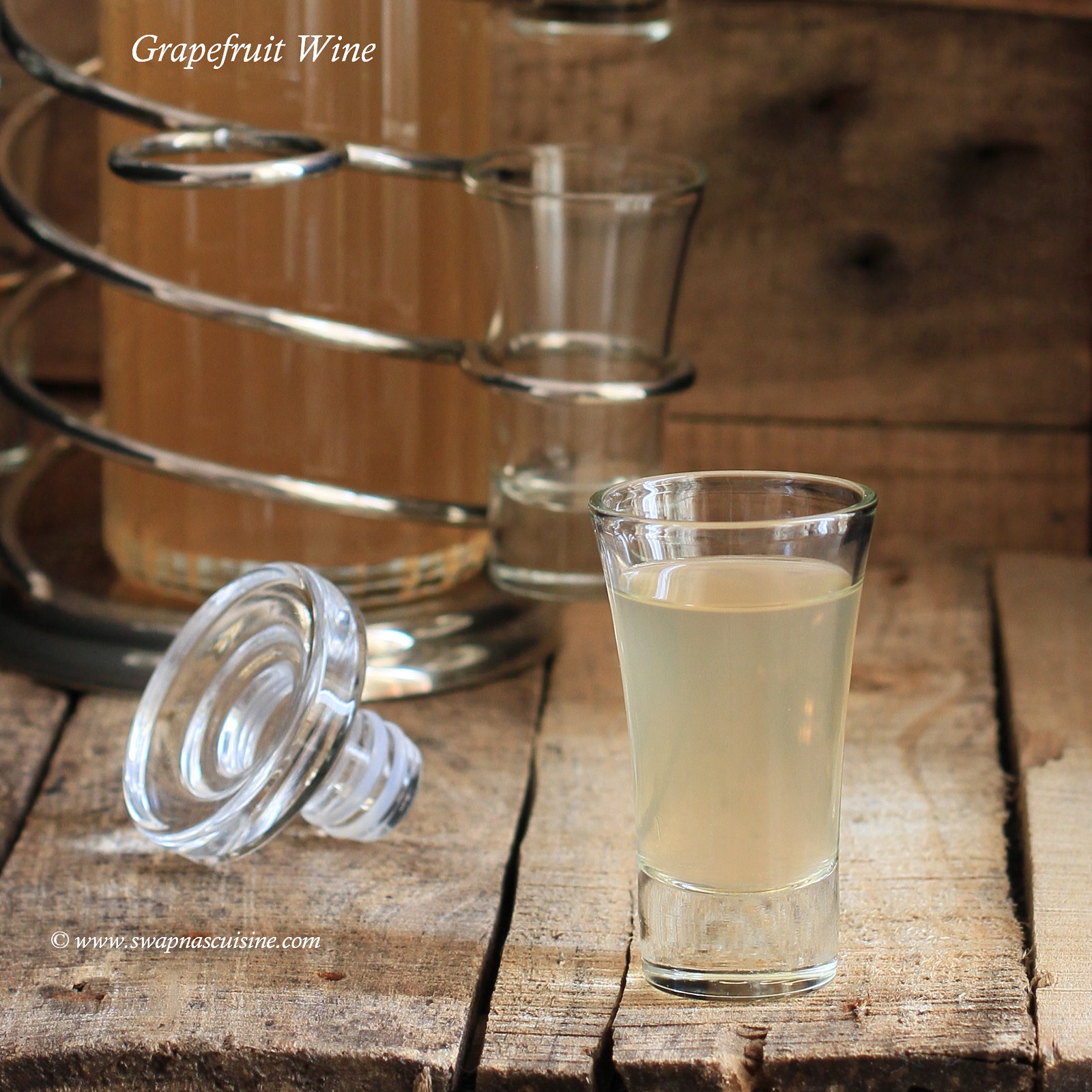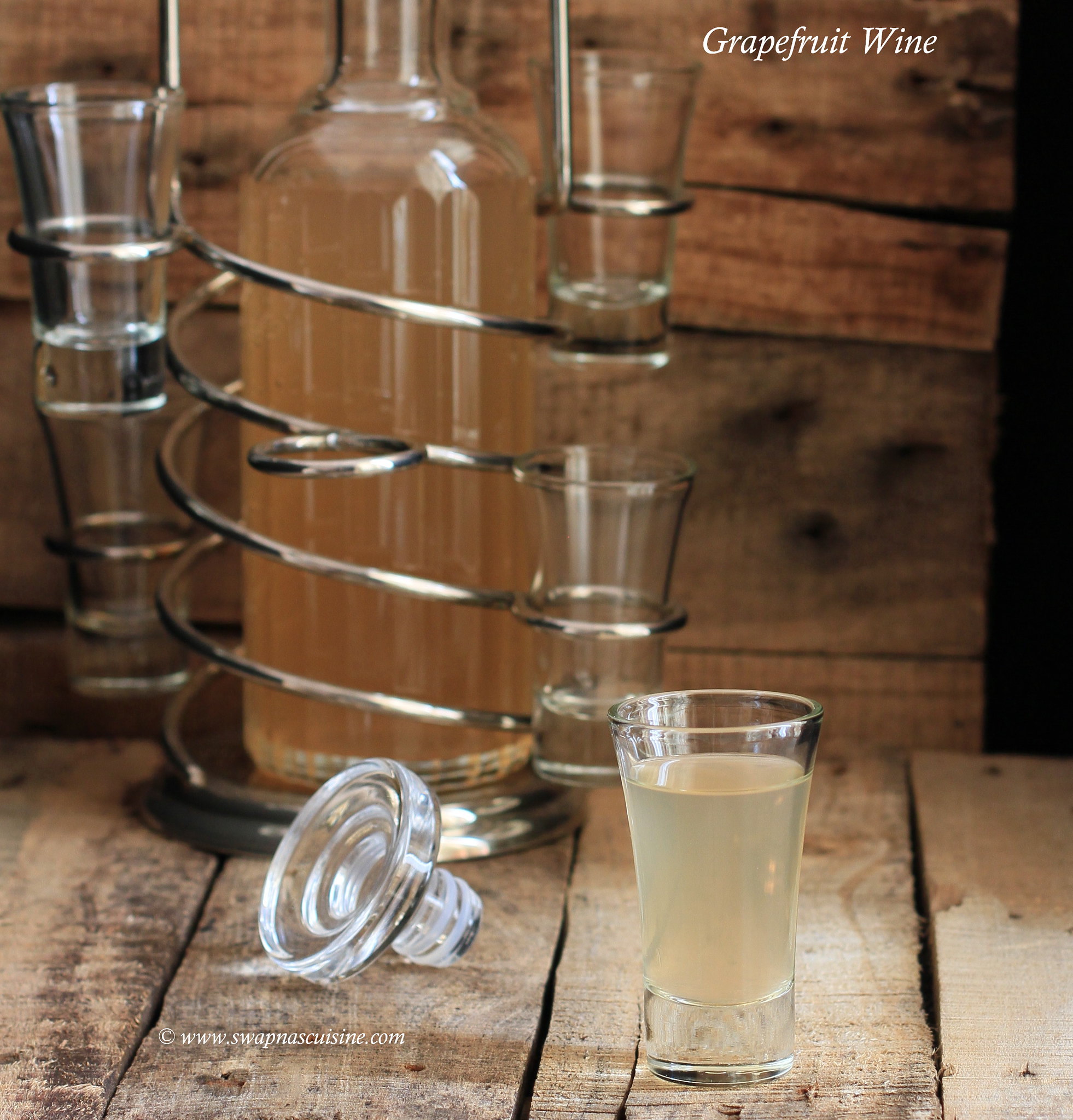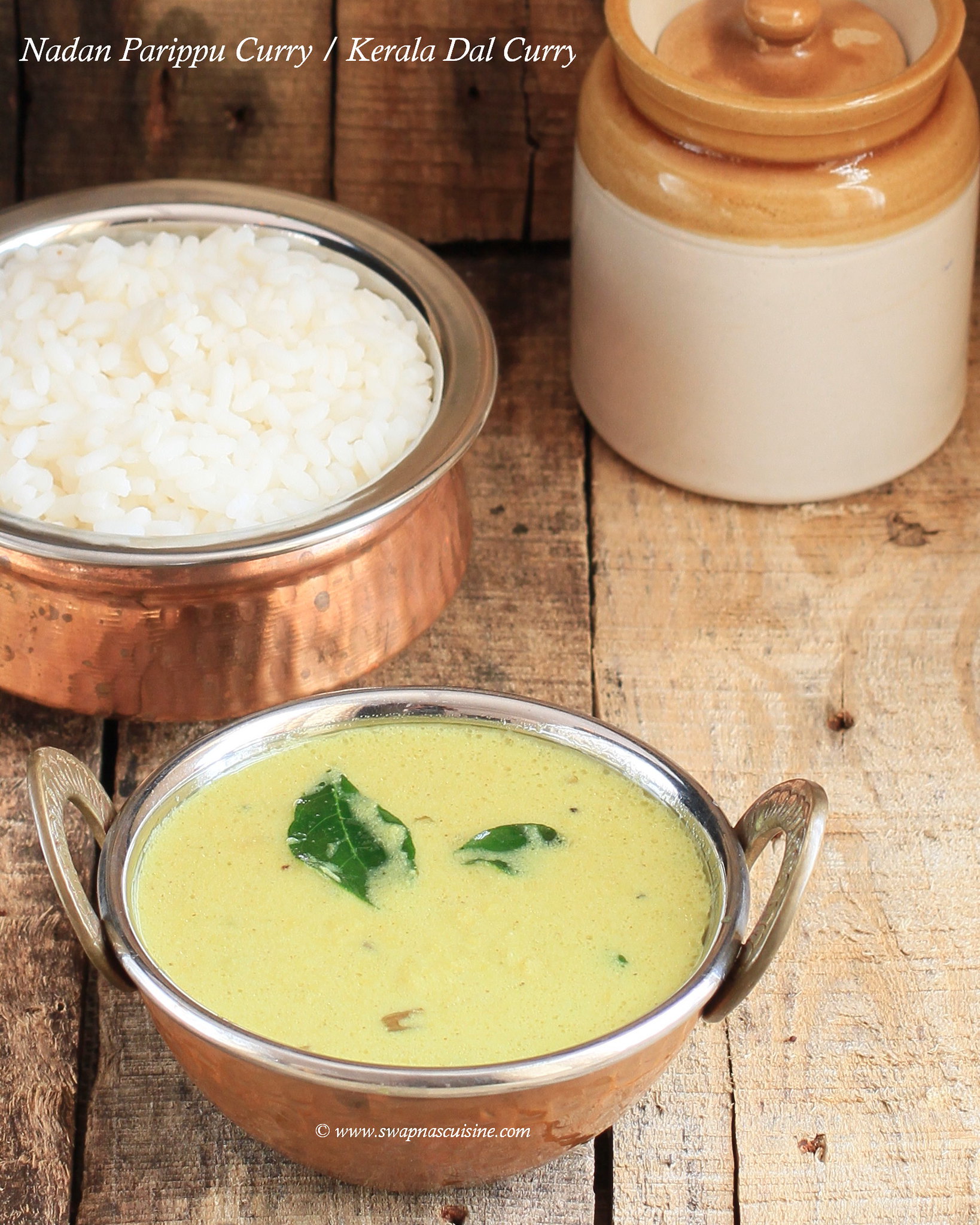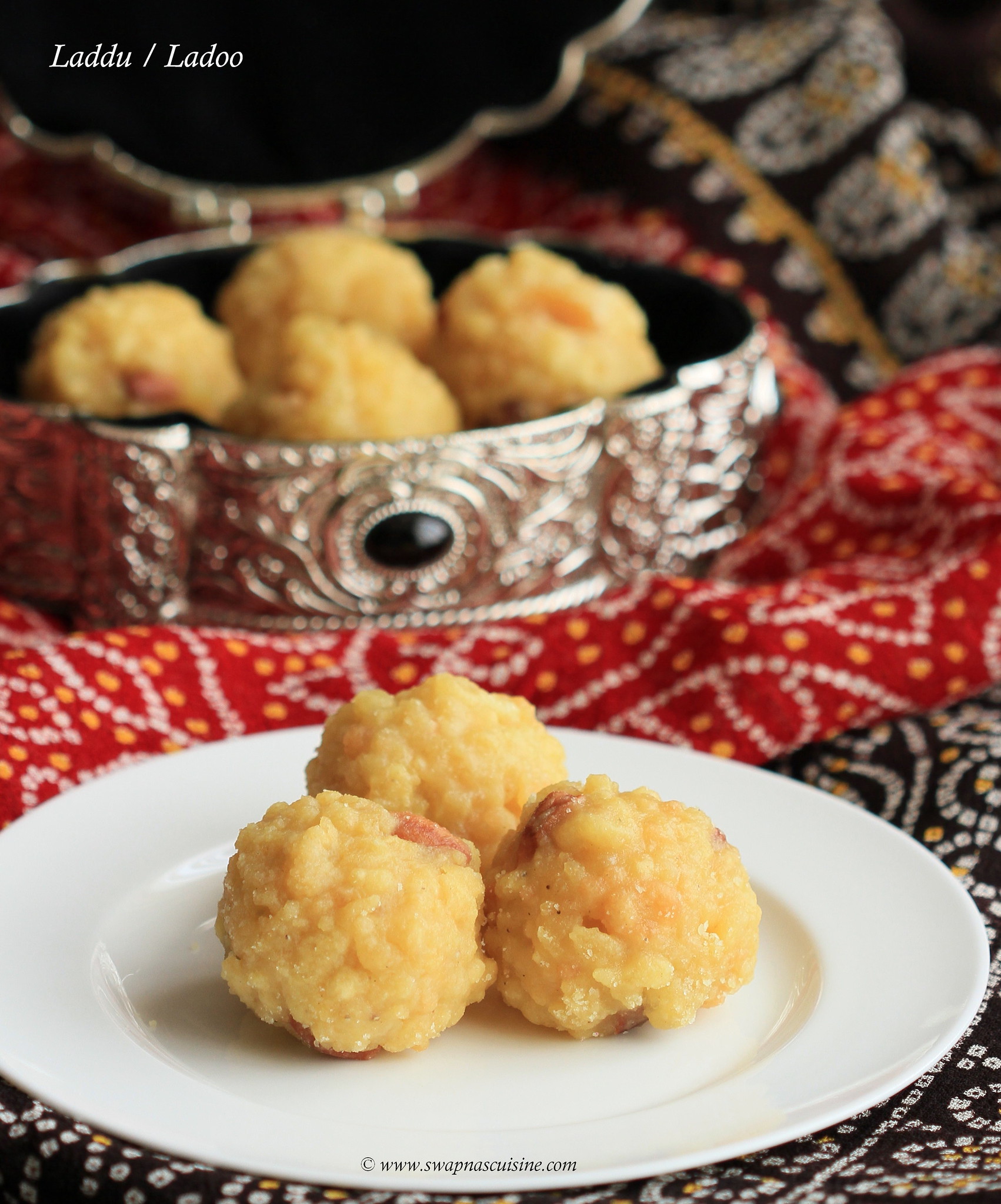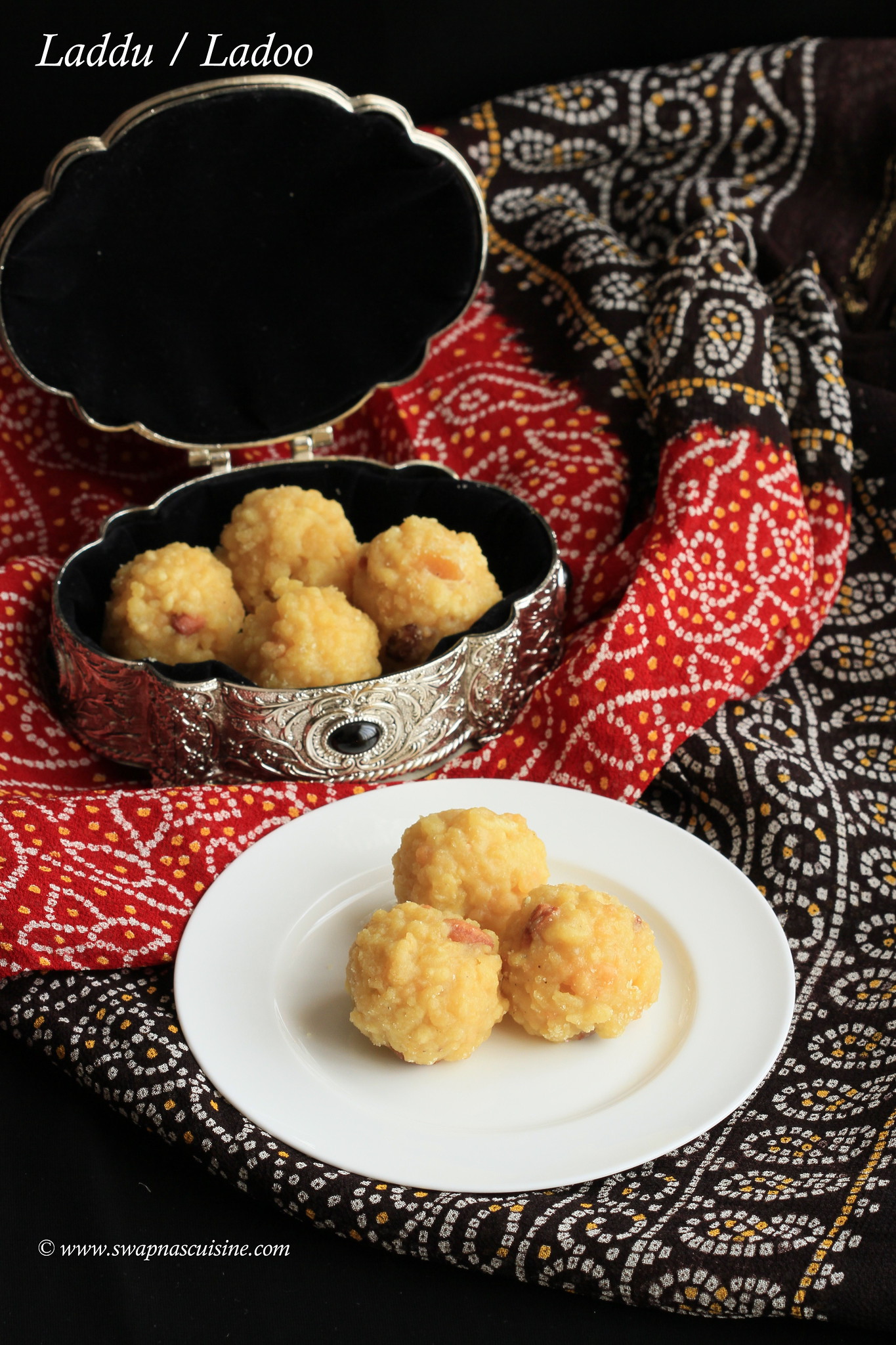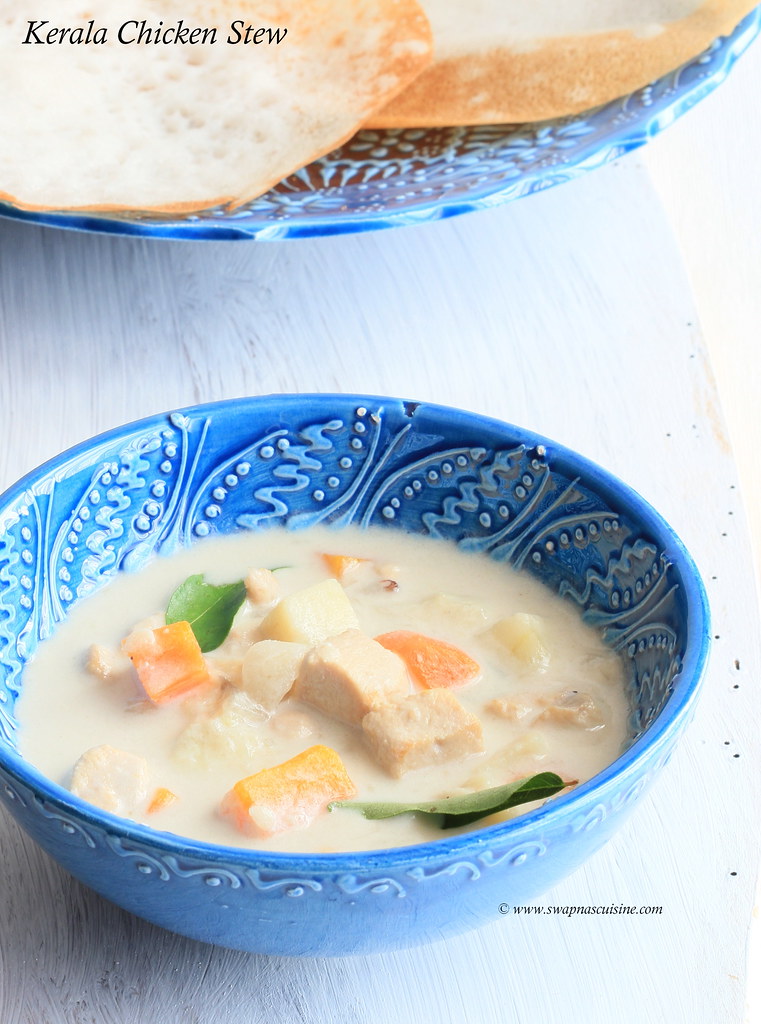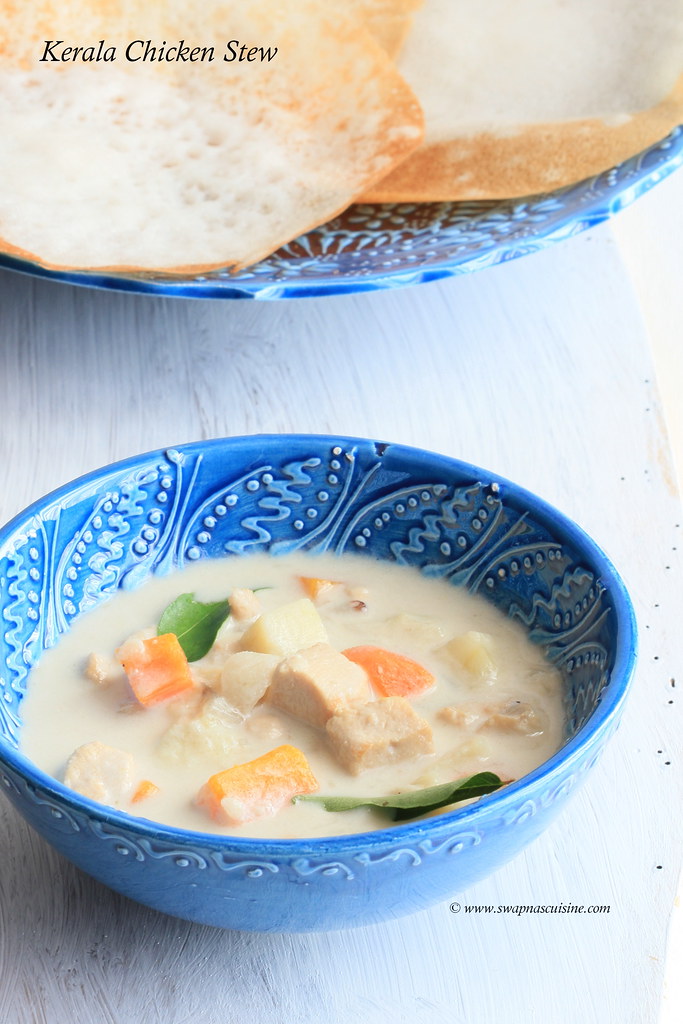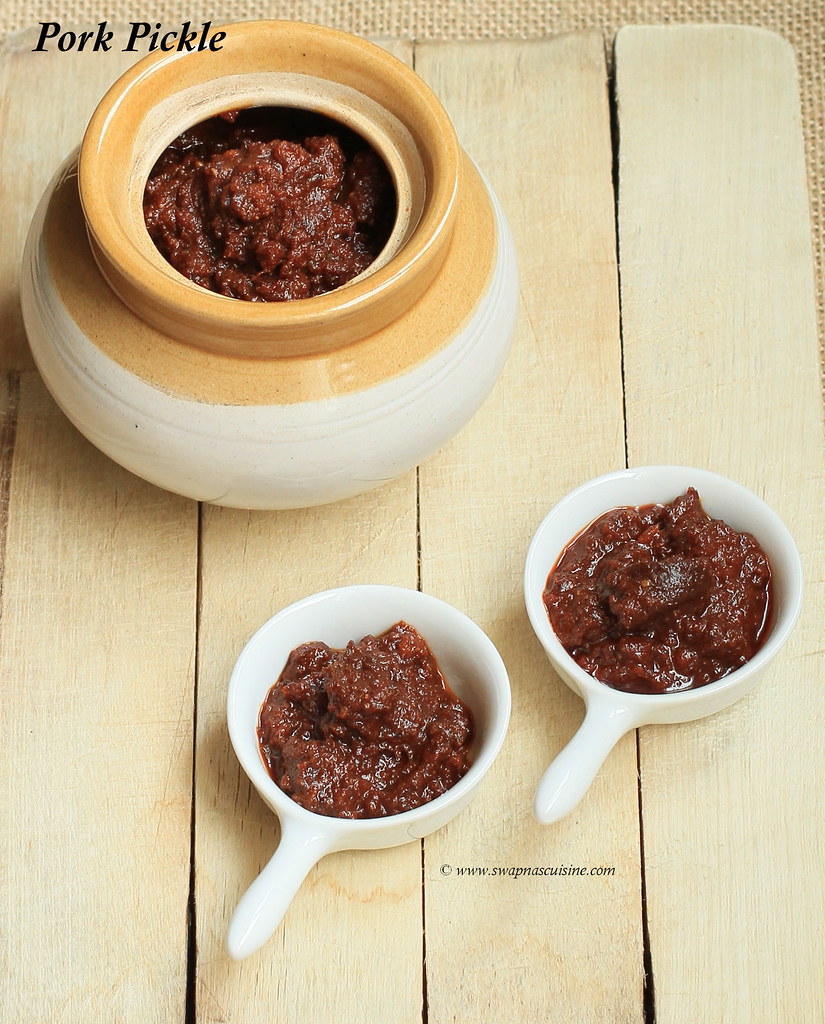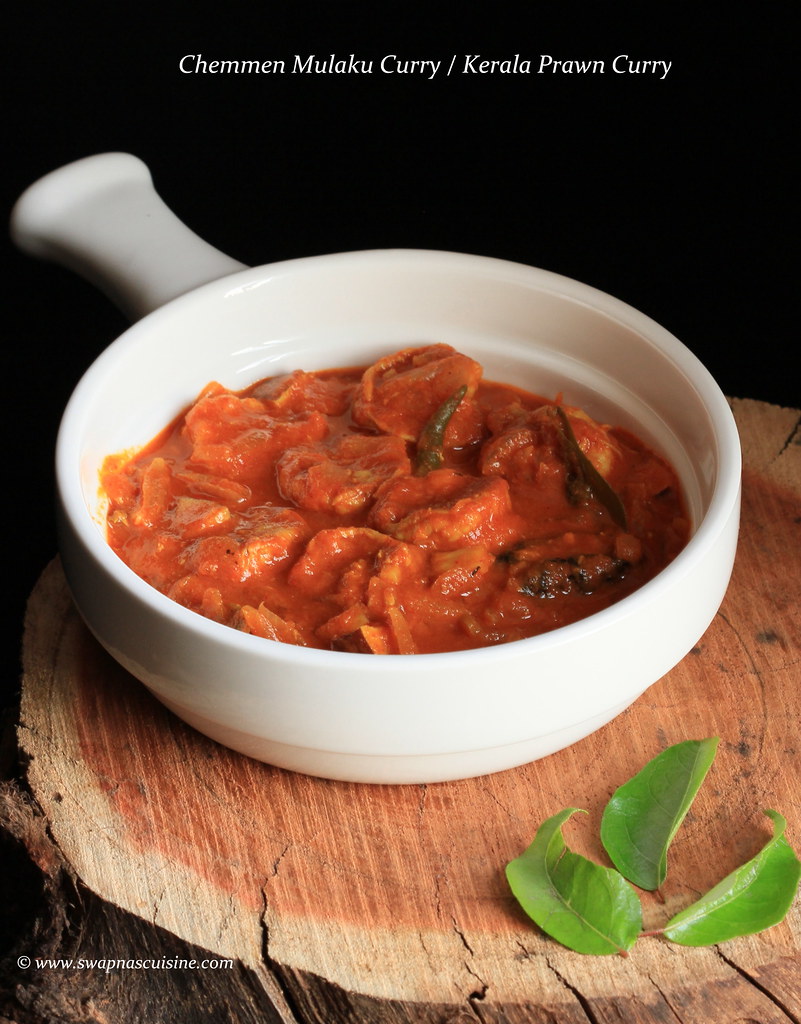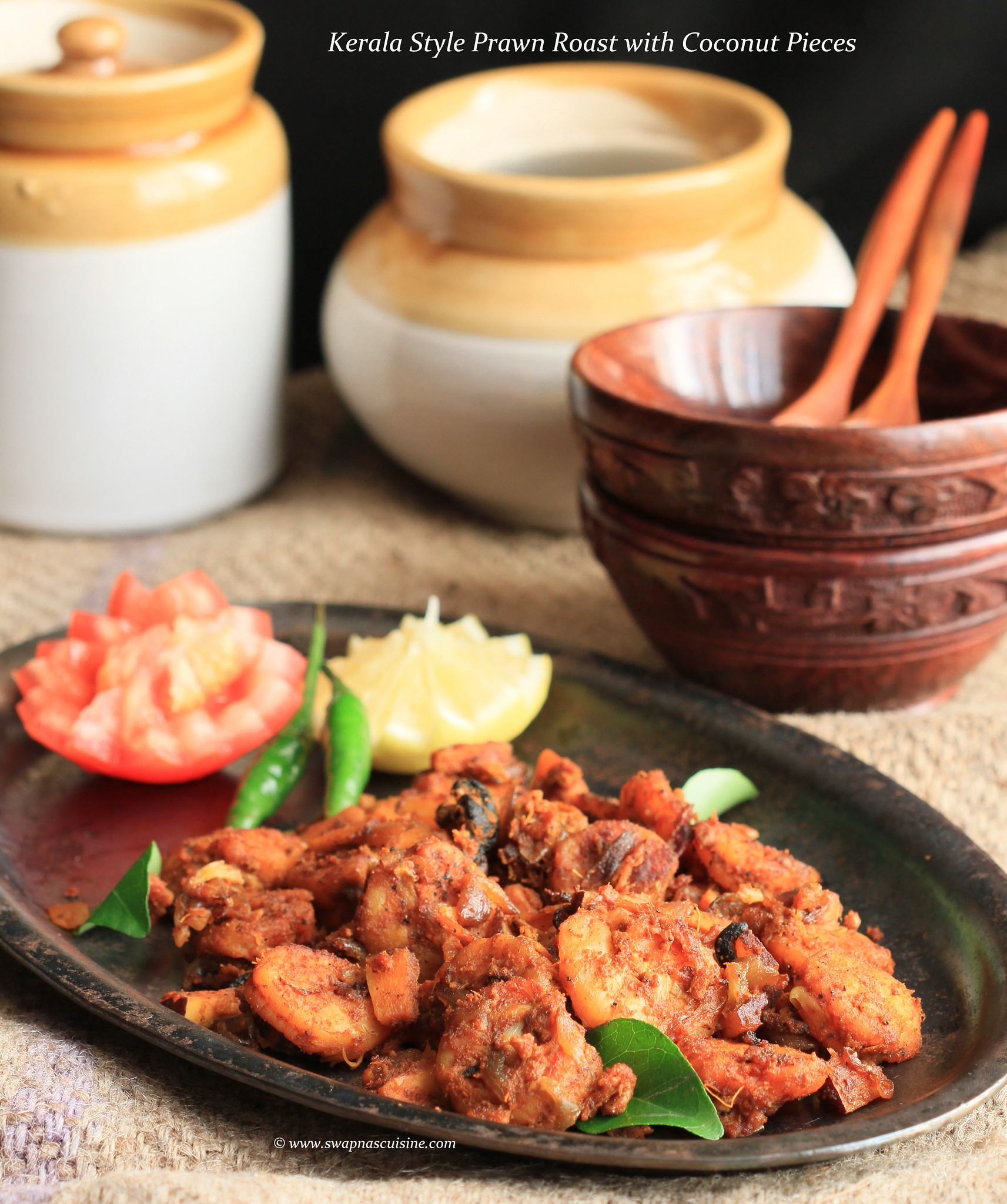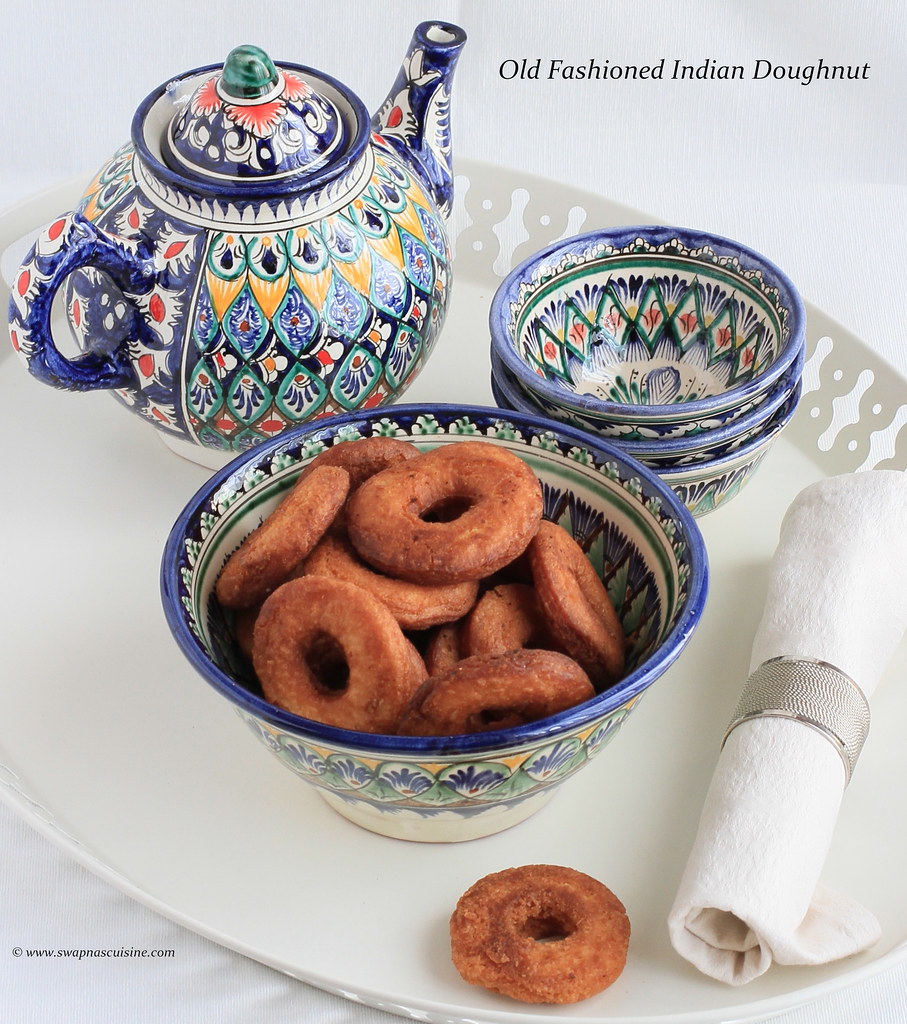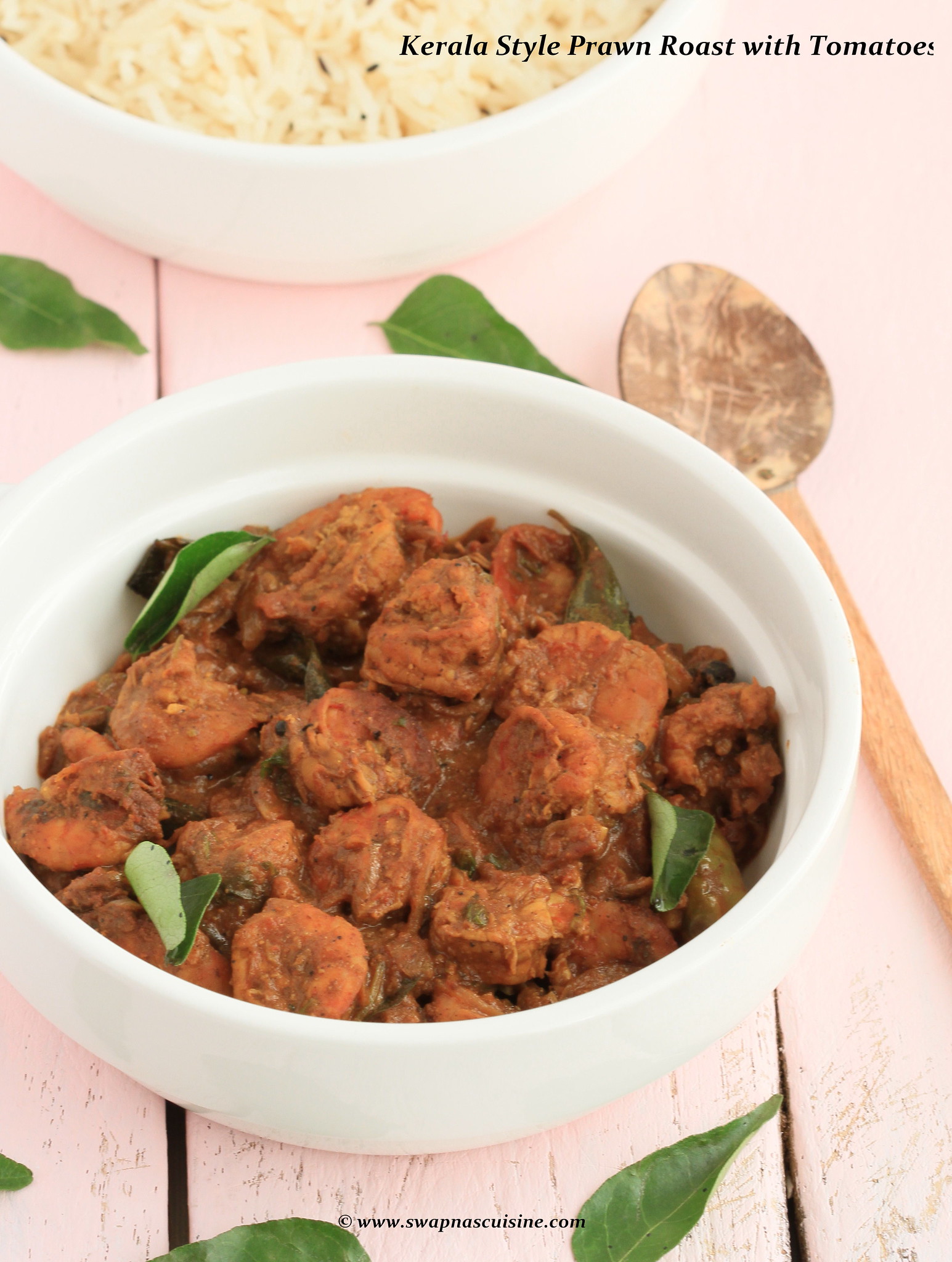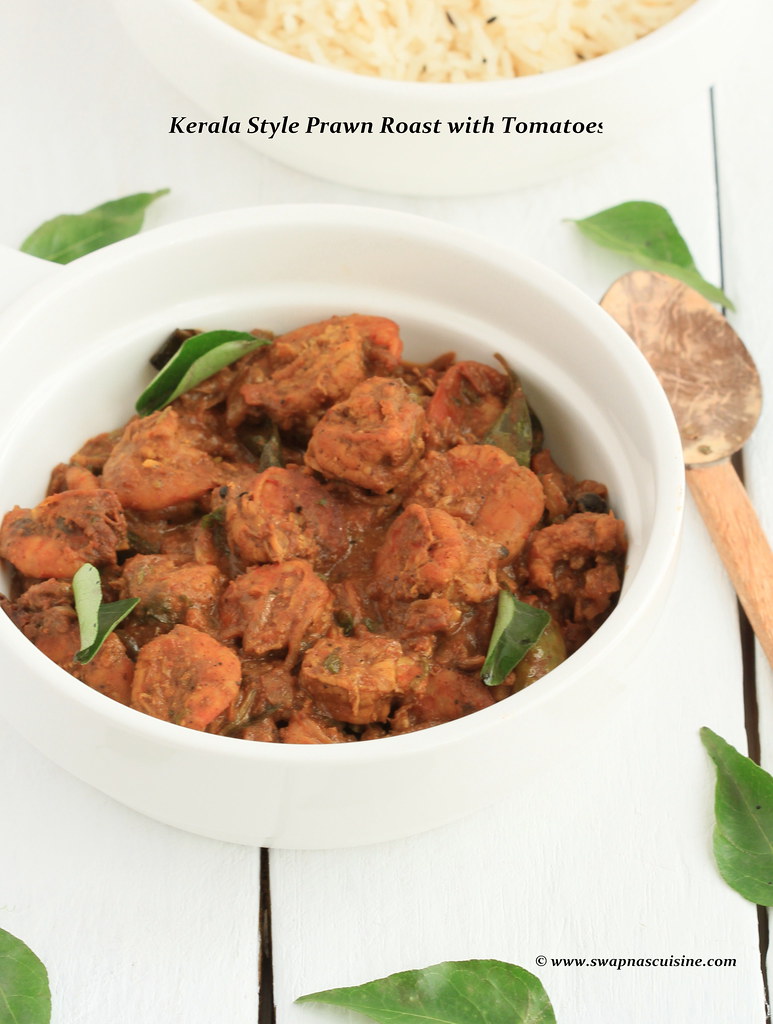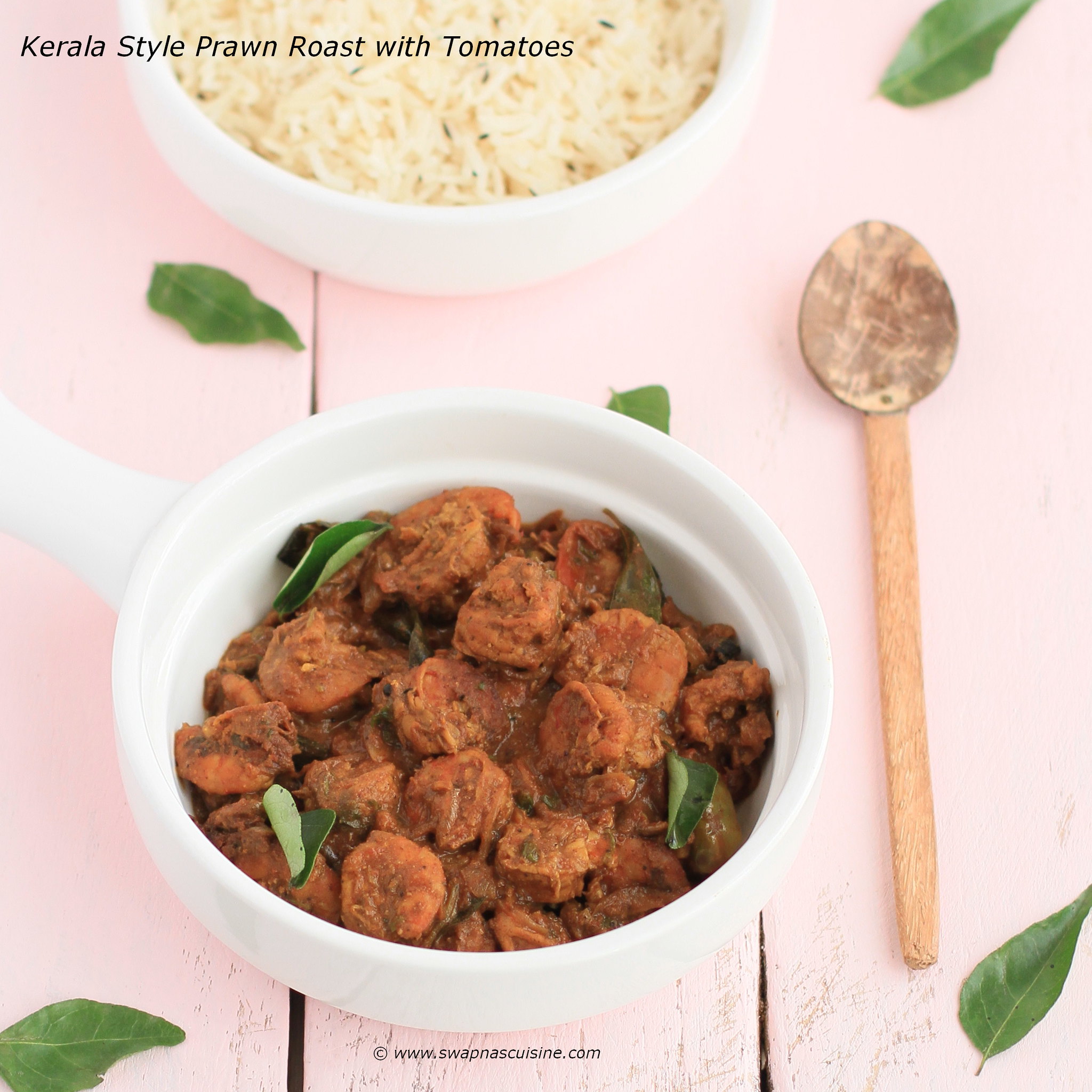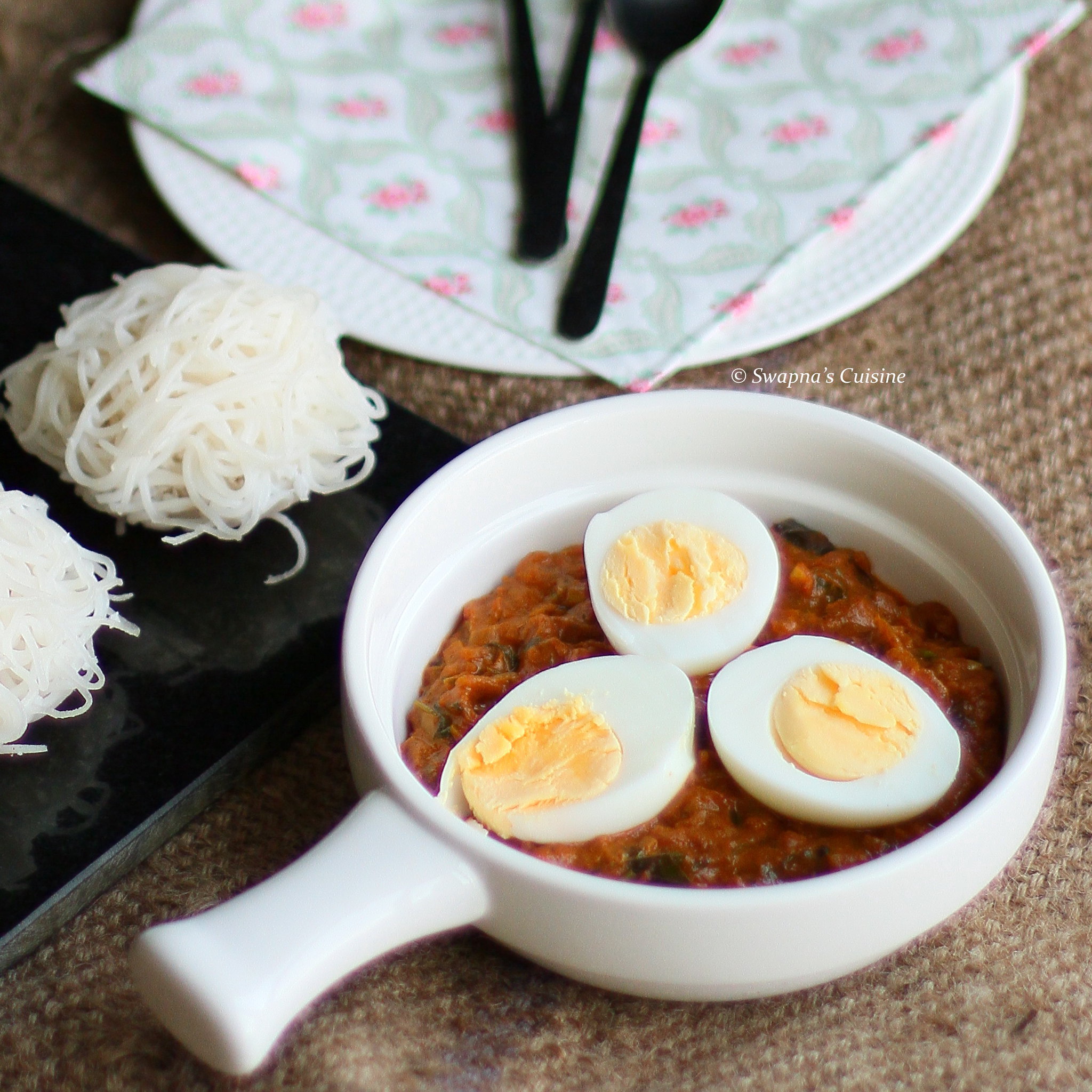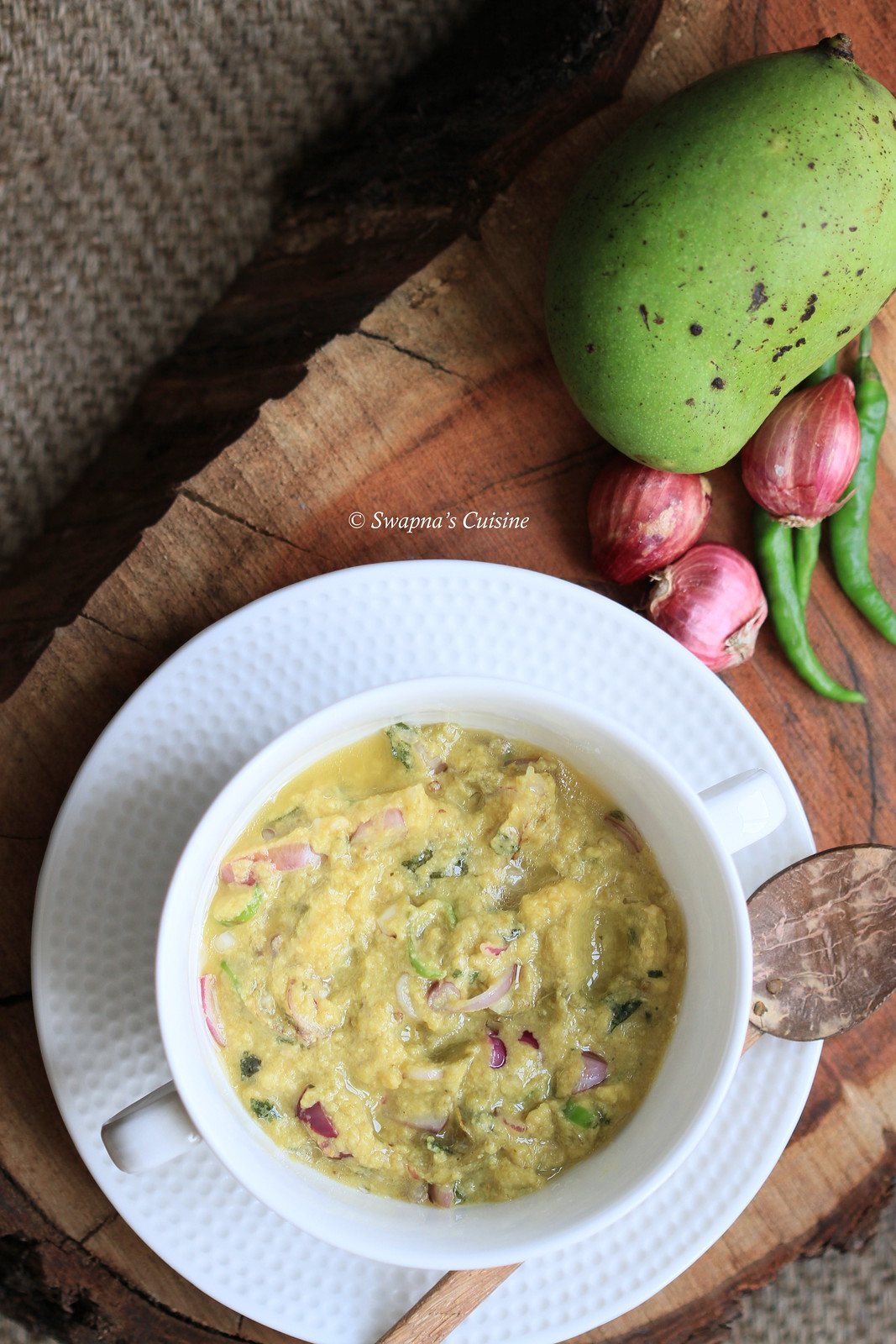Here at home all three of
us love Ladoo. The only difference is my son and I love the soft and dry Kerala
style ladoo and my hubby is a fan of the soft and soggy Motichoor ladoo from
North India :) :).... Whenever we try store bought ladoos, we find
something or the other that does not appeal to our taste buds. Finally I
started making Ladoos at home and I find it far better than the colour loaded,
oil tasting Ladoos that we get from the store. Now I have completely stopped
buying Ladoos and have started making it at home whenever the craving starts.
It’s simple, so do try theses Ladoos and share it with your friends and family
this Diwali....
Wishing You All A
Very Happy, Prosperous and Safe Diwali!!!
Kerala Style Ladoo / Laddu
Recipe
(Around 35-40 small ladoos)
Ingredients:
For the boondi batter:
Bengal Gram flour/ Kadala
Mavu / Besan - 2 cups
Water – around 1 ½ to 2
cups
For the sugar syrup:
Sugar - 2 ½ cups
Water - 1 ¼ cups
Cardamom powder – ½ tsp
Cloves -6 nos
Cashew nuts – 3 tbsp,
chopped
Raisins – 2 tbsp
Ghee -2 tbsp
Kalkandom / Sugar Candy - 1 tbsp, broken into small pieces
Yellow food colour – as needed (optional)
Pacha karpooram / Edible Camphor
– a small pinch (optional)
Oil for deep frying the
boondis
Method:
- For making Sugar Syrup: Melt sugar and water in a
pan and keep stirring on medium fire till it reaches one thread consistency. Remove
from fire and add cardamom powder, food colour and camphor mixed in a little
water. Keep the syrup warm.
- For making the Boondis: Mix gram flour with enough
water to make a smooth pancake like batter.
- Heat oil in a frying pan
on medium heat.
- Pour the batter through a dry
perforated ladle or boondi plate and let the boondi fall into the boiling oil
by gently spreading the batter with a spoon.
- Drain the boondis before
it gets browned and drop into the warm sugar syrup. Repeat with the rest of the
batter.
- Fry the cashew nuts,
raisins and cloves in ghee and spread these with the ghee over the boondi.
- Mix all the ingredients
together pressing the boondis with the back of a spoon to absorb all the sugar
syrup.
- Add Kalkandom/ sugar candy
and mix well.
- To make ladoos, gently
squeeze some of the warm boondi mixture between both palms and shape into Ladoos.
- Ladoo will become firm
when it cools down to room temperature.
Notes:
- Sugar syrup should be one
thread consistency.
- Gram flour batter should
neither too thick nor too thin.
- Wash perforated ladle or
boondi plate and wipe it clean and dry before pouring the next batch of batter.
Read More »











